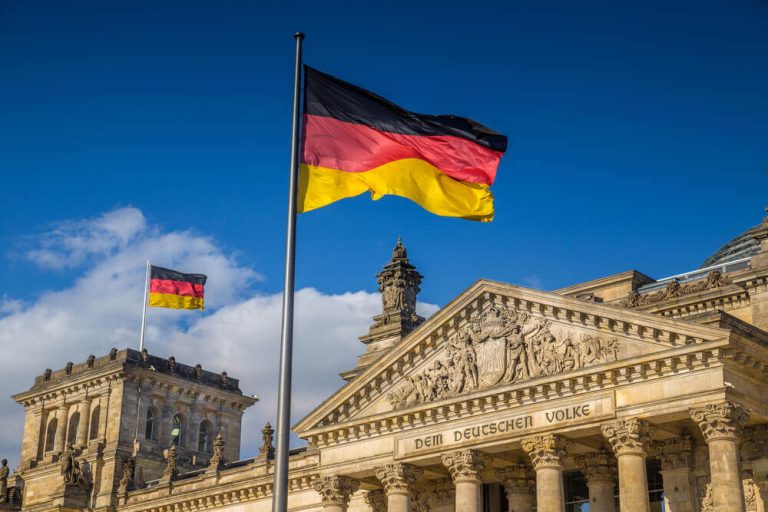quick look
- A 2.1% increase in industrial production in February indicates a recovery in Germany, led by the construction sector.
- Ongoing challenges include rising energy costs, declining foreign demand, and policy uncertainties.
- Mixed economic signals, with factory orders rising but broader industry momentum slowing.
- Long-term recovery is linked to strategic diversification and the transition to green energy.
- Germany's industrial resilience fuels optimism amid global economic challenges.
Germany's industrial sector, the cornerstone of Europe's largest economy, has shown promising signs of recovery. For the second month in a row, February saw a notable increase in industrial production of 2.1%, exceeding economists' expectations. The rise, largely led by the construction sector, is fueling optimism about an imminent recovery from the recession that has likely gripped the country over the past six months. However, the journey ahead remains fraught with challenges on both the domestic and international fronts.
German economy rebounds with February boom
The latest data from Germany's statistics office represents a pivotal moment, signaling a potential end to the recession that has plagued the country's economy. The unexpected rise in February, especially in the construction sector, indicates fundamental resilience within the industrial sector. Carsten Brzeski, a senior macroeconomist at ING, interprets this as a sign of moderate optimism, indicating a possible halt to Germany's cyclical downturn.
Despite these positive indicators, the shadow of the pre-pandemic era looms large, with overall production still lagging behind historical levels. Germany's manufacturing sector, a global powerhouse, has weathered a storm of adversity in recent years. The ripple effects of the war in Ukraine, characterized by rising energy costs, coupled with dwindling foreign demand, high borrowing rates, and political uncertainty, have collectively stressed the industrial landscape.
Mixed signals and the road ahead
Recent economic indicators offer a mixed bag of ideas. While factory orders showed marginal improvement, which was attributed to volatile demand for large goods, broader industry momentum appears to be waning, as shown in Standard & Poor's Global business surveys for March. However, brighter prospects emerge from improved business confidence, as measured by the Ifo Institute and ZEW Investor Expectations, supported by expectations of interest rate cuts by the European Central Bank and rising global economic conditions.
The outlook for the German economy remains cautiously pessimistic in the near term, with a slight contraction expected in the first quarter of the year.
Navigating external dependencies and future prospects
The long-term prosperity of the industrial sector in Germany is closely linked to its external dependencies. This is especially true of energy relations with Russia and production relations with China. After the invasion of Ukraine, the halting of Russian gas imports highlighted these vulnerabilities. Likewise, declining exports to China, especially in the competitive auto sector, highlight the risks of such heavy reliance. Moreover, Germany plays a crucial role in the eurozone economy, contributing about 28% of its output. Its fortunes therefore have a major impact on the broader European economic landscape.
As Germany makes strides toward overcoming immediate economic obstacles, the focus is shifting toward strategic diversification and enhancing its transition to green energy. The path to recovery is about recovering from the current lows and resetting the industrial engine for sustainable growth. The resilience shown by the German industrial sector against a backdrop of significant challenges not only raises hope for a recovery, but also highlights the need for strategic shifts in overcoming the complexities of global economic dependencies.

